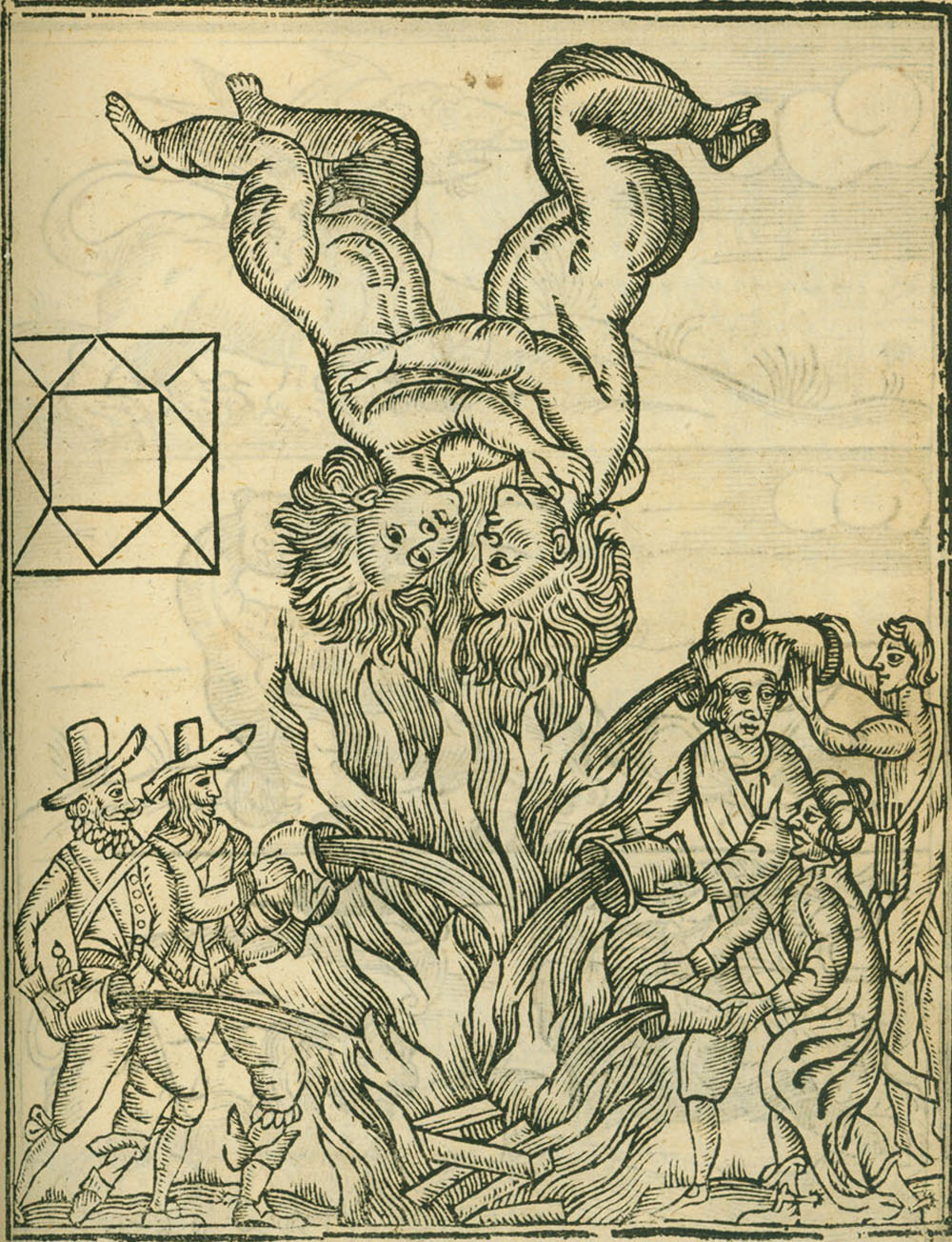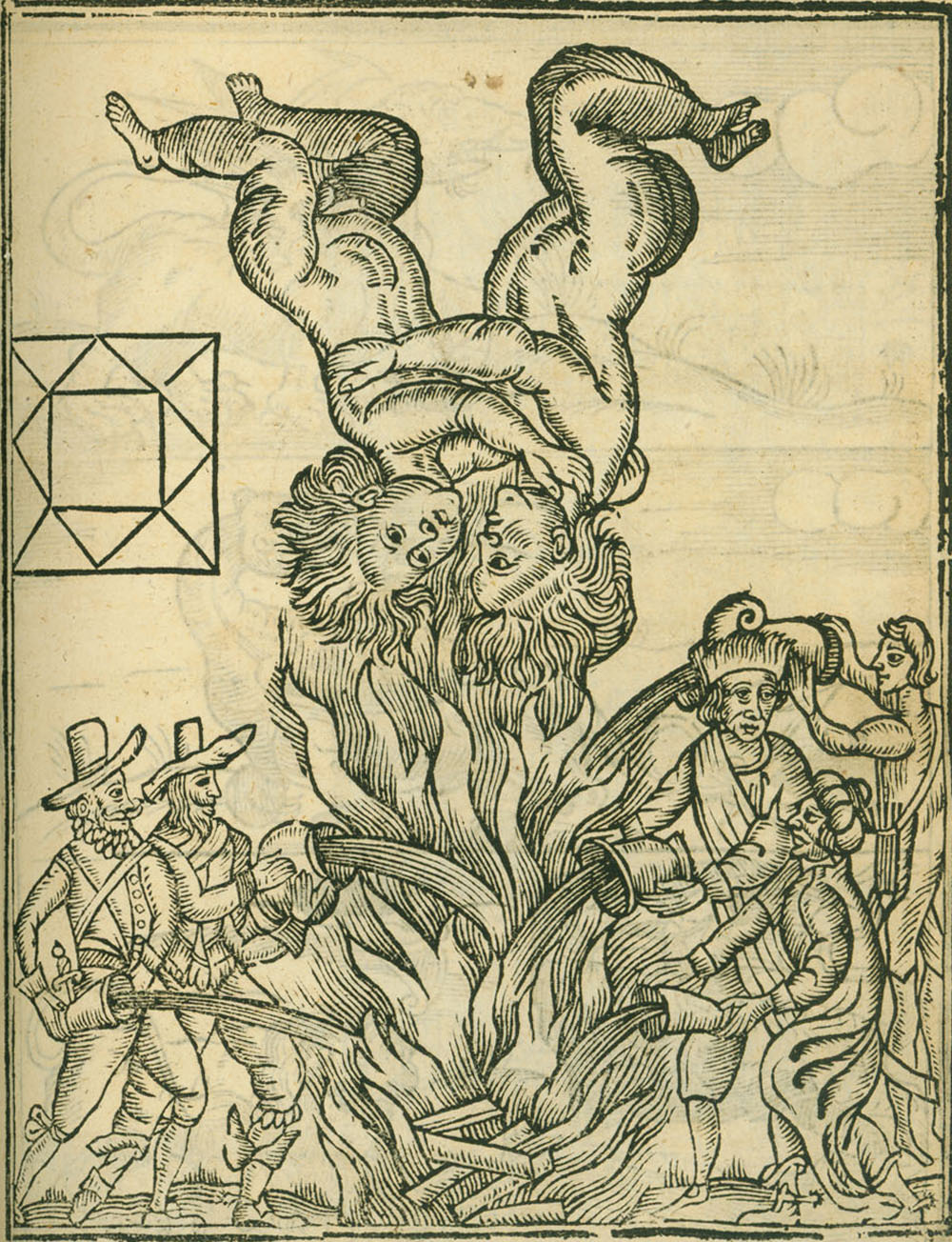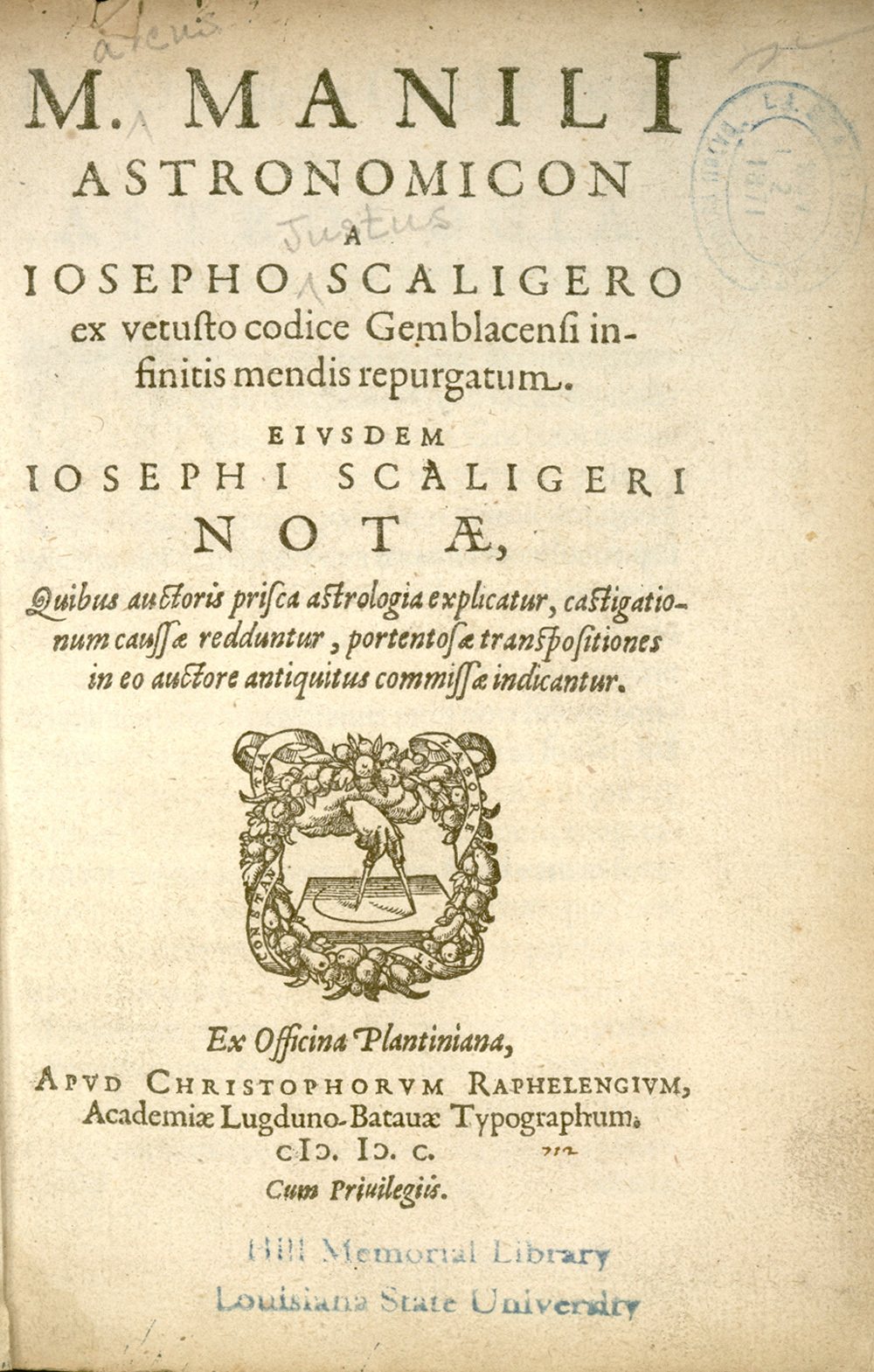
Written in the Stars

Rare BF1812 .E6 L7
Astrology is the “science†of explaining human personalities and predicting future events based on the positions of celestial bodies. The foremost practitioner of astrology in seventeenth-century England was William Lilly (1602-1681). Known as “the English Merlin†to his friends and “that juggling Wizard and Imposter†to his enemies, Lilly devoted himself fulltime to various occultist activities after inheriting a large sum of money in 1633. By the time of the English Civil War in the 1640s, he was focusing solely on astrology.
Lilly accurately predicted many of the outcomes of this war. In 1651, he published the book displayed here, Monarchy or No Monarchy in England. In it, he claims to have foretold the execution of King Charles I, which had occurred two years earlier. He also predicted that London would one day be destroyed by fire. When the Great Fire of London actually occurred in 1666—fifteen years after this book was published—some thought Lilly must have set the fire himself. Though a parliamentary committee acquitted him of any wrongdoing, the startling accuracy of Lilly’s predictions added credence in many people’s minds to the practice of astrology.
The images seen here are among nineteen “hierogliphicks†that Lilly designed to depict his prophecies. The reason for using images rather than text, he explains, is that it would have been too dangerous in the highly charged political environment of mid-seventeenth-century England to publish a more detailed explanation of his predictions. Like alchemists, Lilly seems to have recognized that deliberate ambiguity provided a level of protection from those who might have disapproved of his ideas.

Rare 878 M314AZS
The Roman poet Marcus Manilius lived in the first century A.D. His only known work, the Astronomicon, is a long didactic poem on the subject of astrology. In it, he combines Roman Stoic philosophy with reflections on the cosmos, asserting that our lives and fates are totally controlled by the stars. “Set your minds free, mortals, and lighten your cares,†he writes, “empty your life of superfluous complaints. The fates rule the world… Our death is in our birth, our end is in our beginning.â€
The Renaissance humanist Poggio Bracciolini discovered a manuscript of the Astronomicon in 1417. It was edited by the German astronomer Regiomontanus and printed in 1473. In the late sixteenth century, the French Protestant scholar Joseph Justus Scaliger prepared another edition, seen here. Scaliger supplied a lengthy commentary on the poem, as well as diagrams of astrological “houses,†which Manilius explained at length.
Houses are divisions of the horoscope, a chart of the positions of the celestial bodies at the time of a specific event. Astrologers use them to help record and interpret the positions of the sun, moon, and planets, and thereby make their predictions. William Lilly included several such charts in Monarchy or No Monarchy in England. Their purpose was to show that “the heavens†had preordained events such as the beginning of the English Civil War and the execution of King Charles I.
